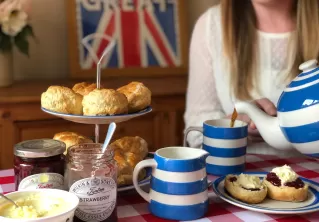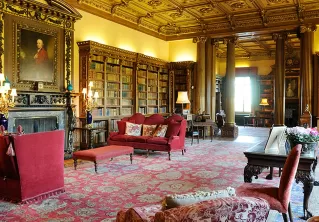National Trust: Tyntesfield
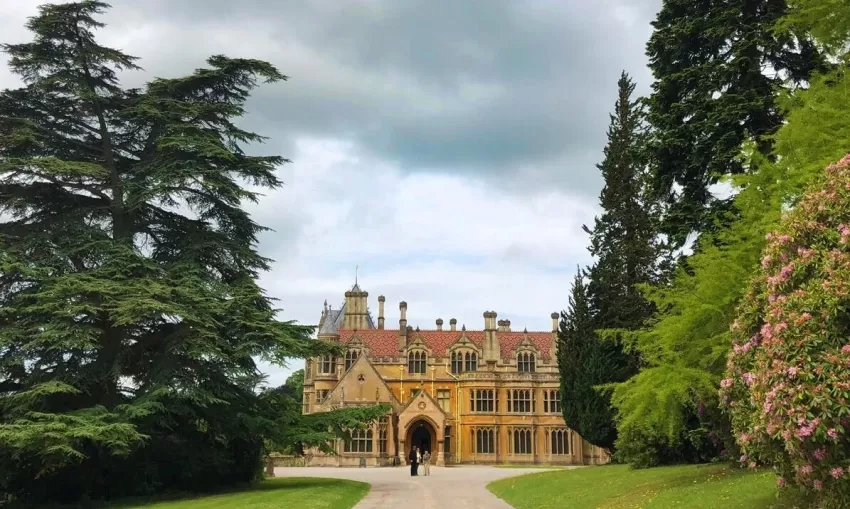
On a quiet Sunday in early June, we woke early on an overcast but dry day, prepared a little picnic and hopped in the car to journey south on the M5. I’d picked a location for a day out from our National Trust Handbook, and couldn’t wait to arrive and get exploring.
Tyntesfield is a near complete Victorian Gothic revival house nestled in parkland just outside Wraxall, North Somerset - incredibly romantic, and breathtaking in every way.
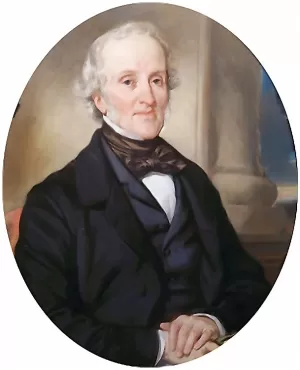
The house and estate once belonged to Anglo-Spanish entrepreneur William Gibbs, he made his fortune manufacturing fertiliser, and subsequently became the wealthiest ‘commoner’ in England at the time.
Tyntesfield was once just a simple Regency house, but when Gibbs purchased the property in 1843 he proceeded to build upon it to create the house and gardens that remain today. The building still houses much of the Gibbs’ family possessions, including artwork, furniture, nic-nacs, and the most incredible library I have ever seen. It’s truly something out of a dream for any bookworm.
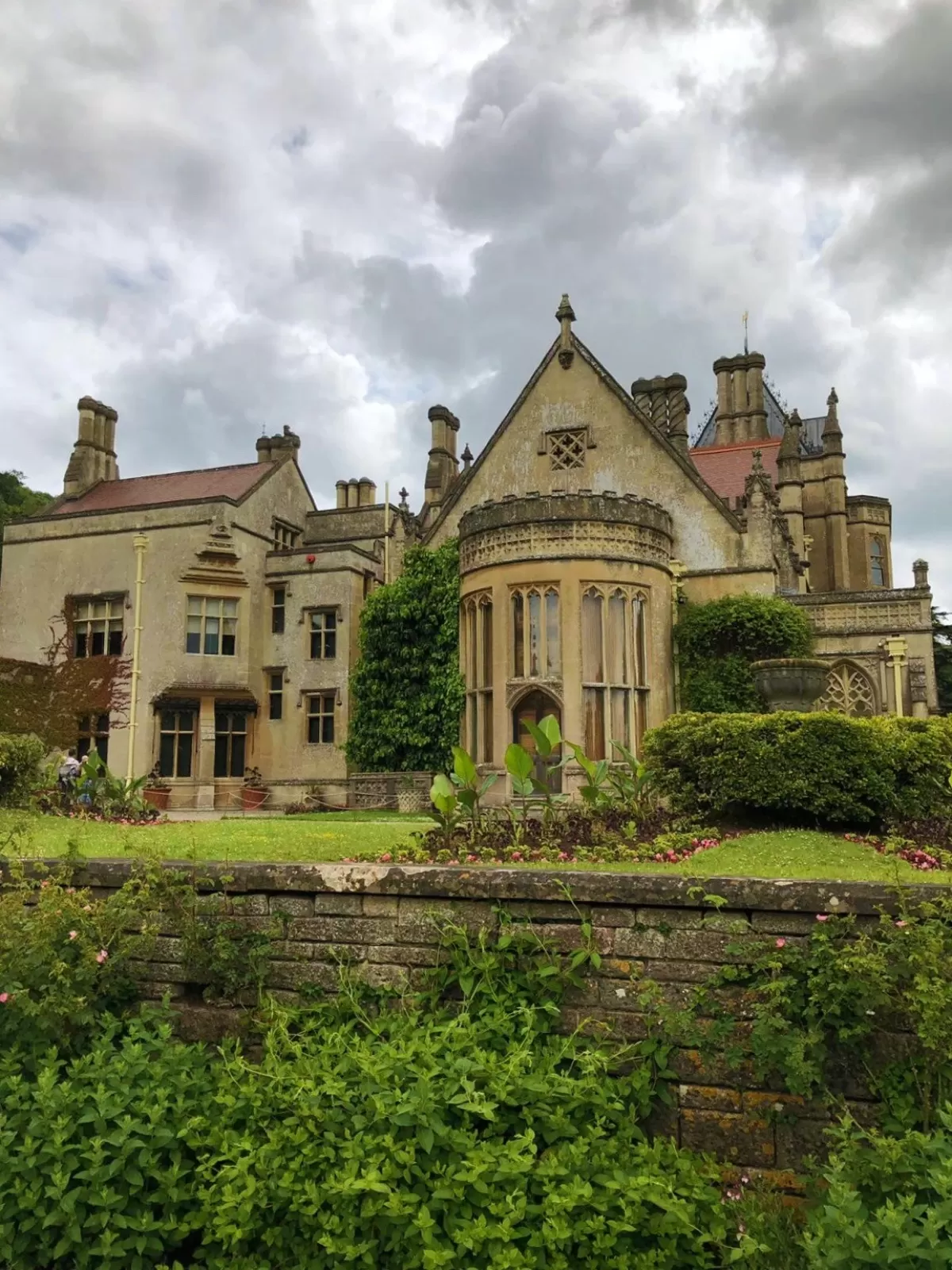
Surprisingly, given the importance of the house, the internet provides only scant information on the life of Tyntesfield. Since the turn of the twentieth century, many of our great houses became too expensive to run as family homes, hit further still by austerities during the first and second world wars, and so they either fell into disrepair or were sold to the National Trust. Tyntesfield being one of their most recent acquisitions, placed into their care in 2002.
“Concerned with the demolition and desecration of various historic country houses since the end of the Second World War – 450 great houses were completely demolished in England between 1945 and 1955 – in the 1970s the National Trust commissioned architect Mark Girouard to catalogue and assess the remaining Victorian country houses across the United Kingdom for significance and structural integrity. He published his findings in a report, and later in the book The Victorian Country House”
As a result of his findings, the National Trust placed Tyntesfield second on its list of priorities for preservation, Girouard said of the property:
There is no other Victorian country house which so richly represents its age as Tyntesfield.
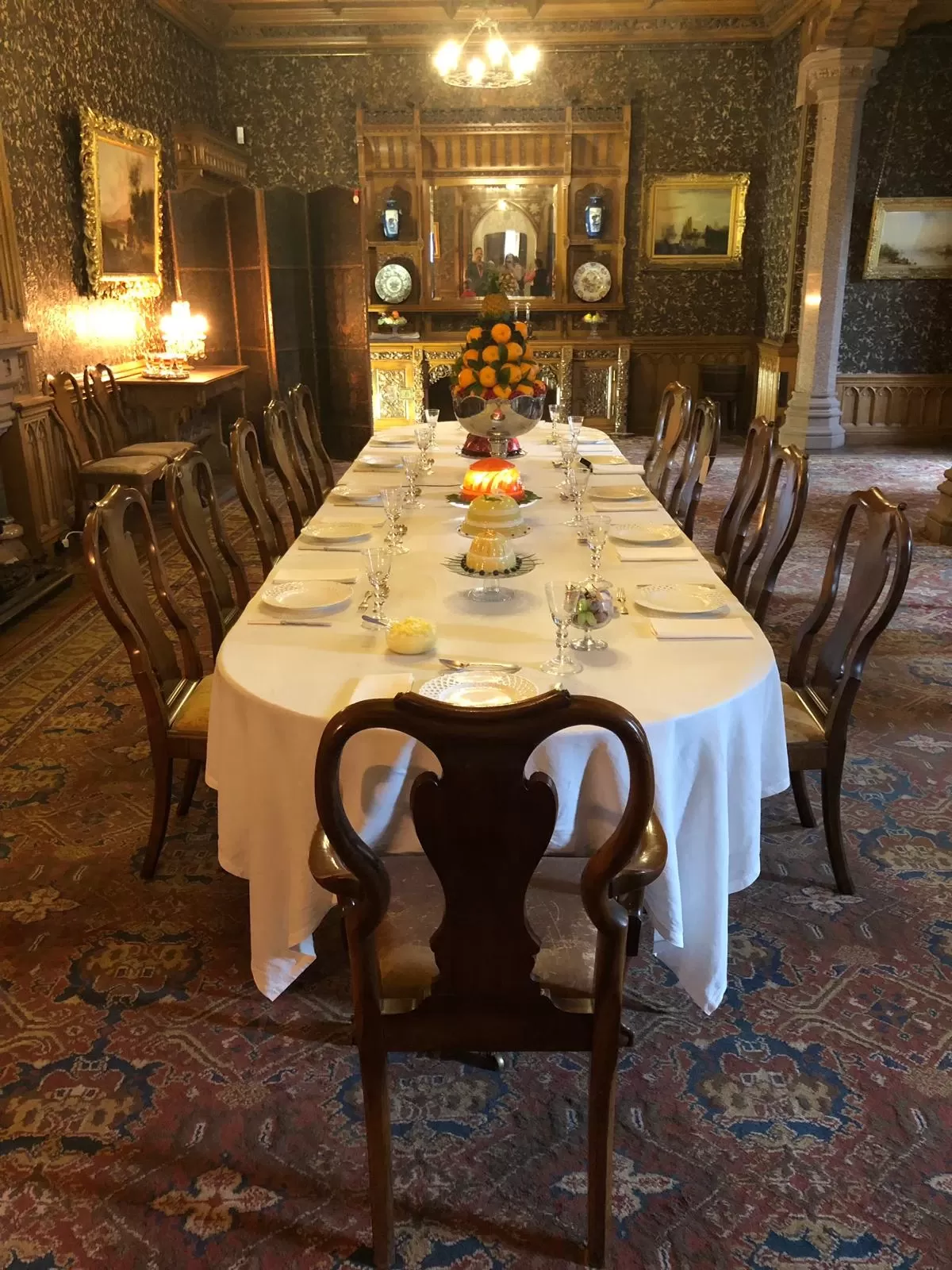
I shall let the beautiful interiors and gardens of Tyntesfield do much of the talking from here, with only a caption or two to explain the details.
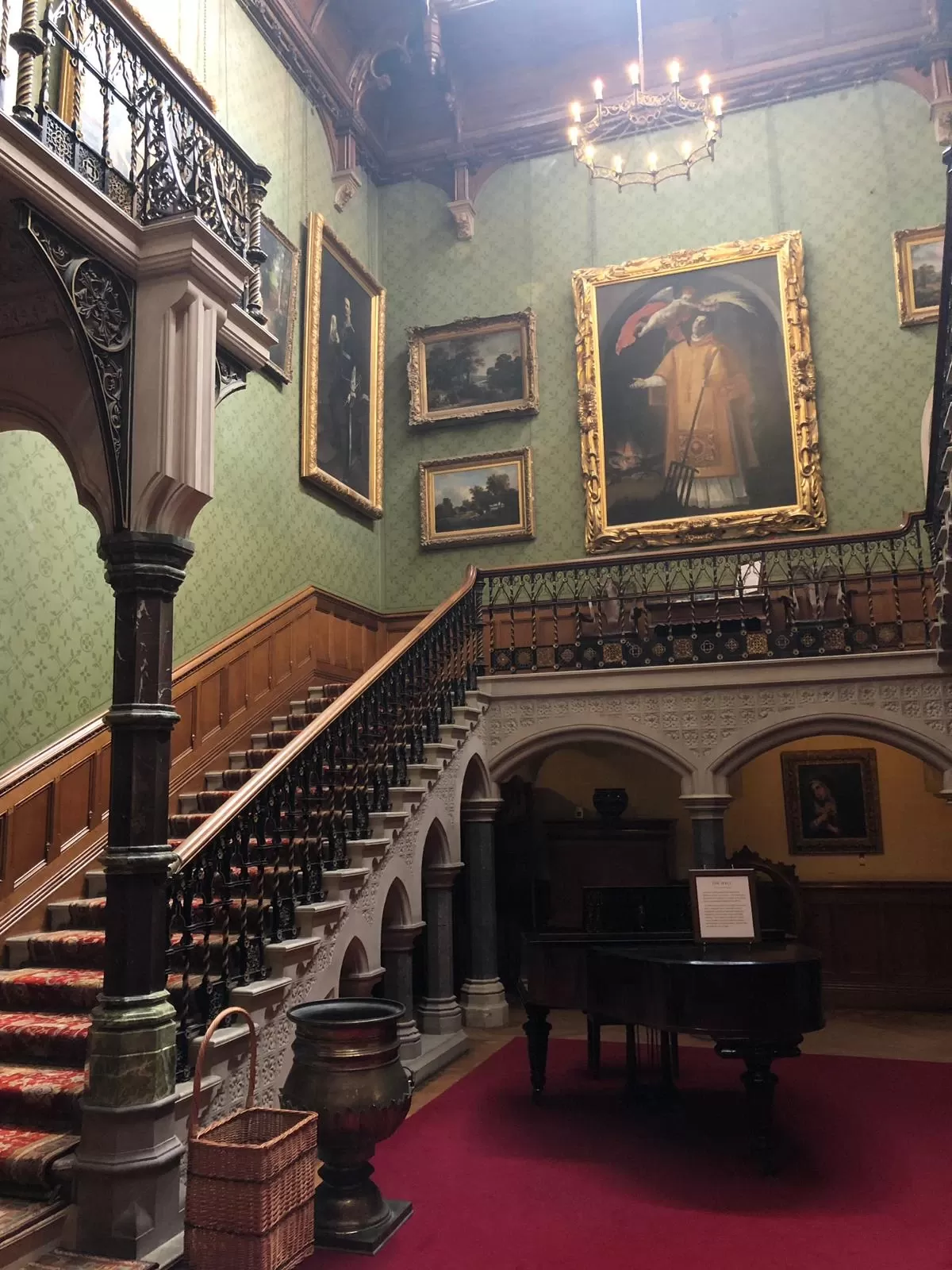
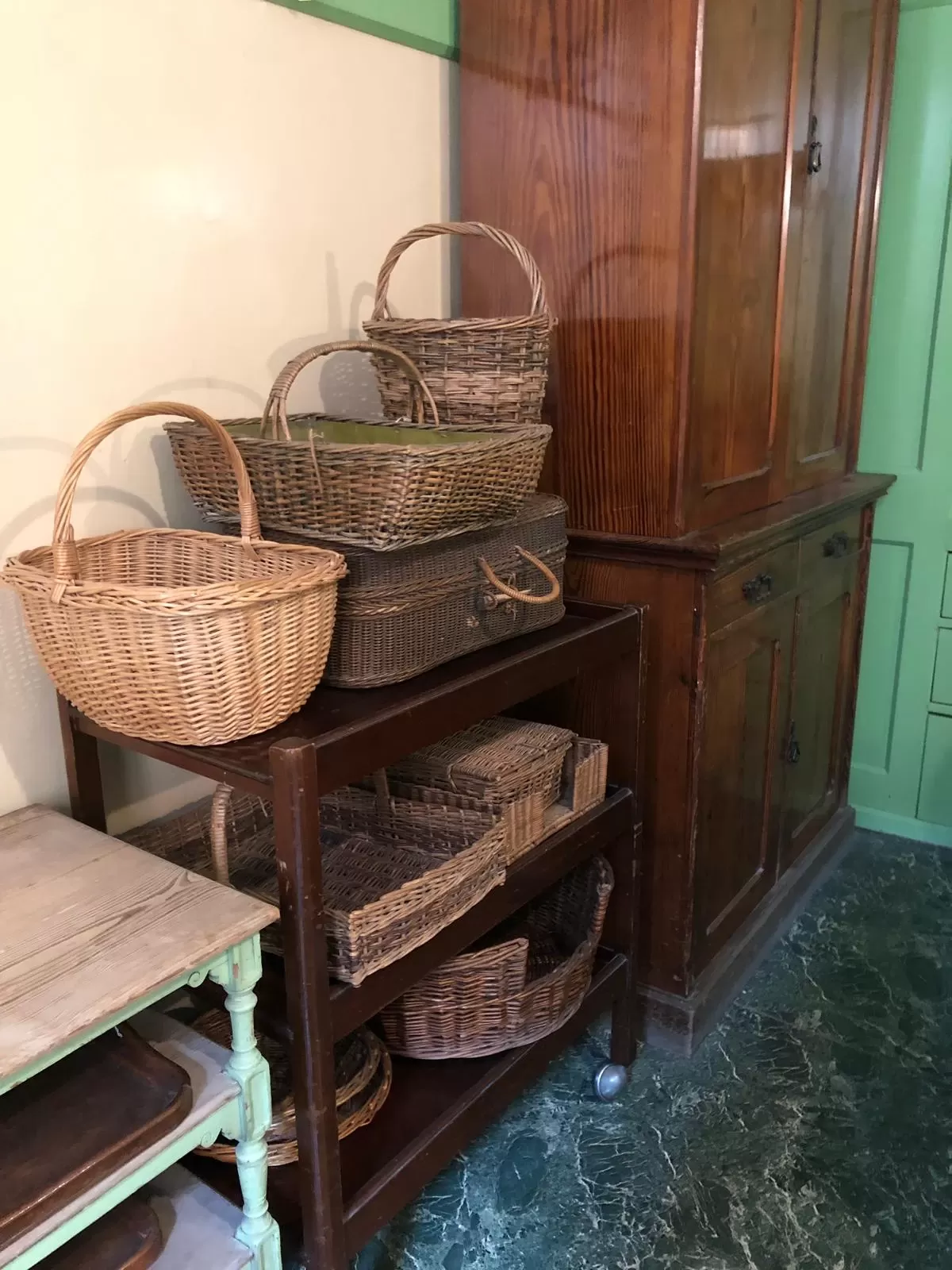
The family chapel was added to the house in the 1870s. The Gibbs family were devout Christians. (This photo of the chapel is the copyright of National Trust, it was crowded with too many visitors to enable a good shot of my own).
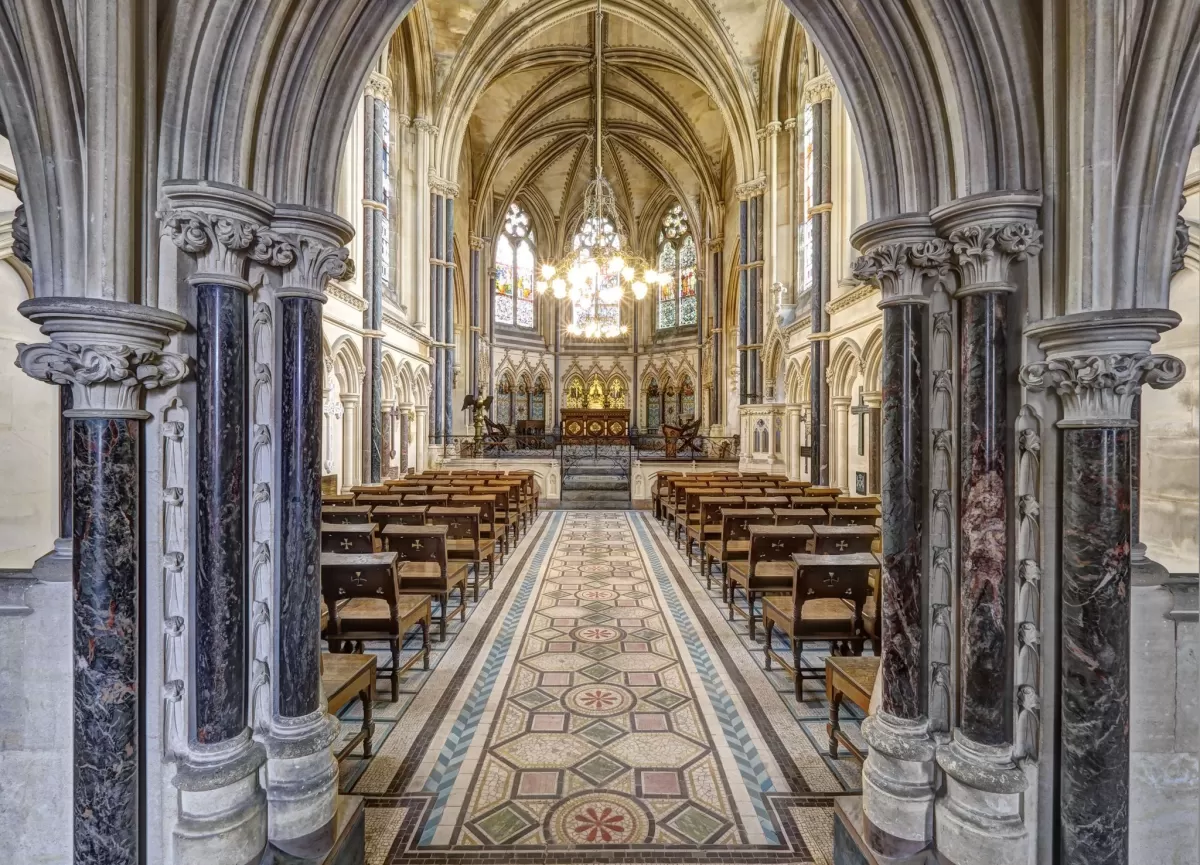
Now out into the grounds and gardens…
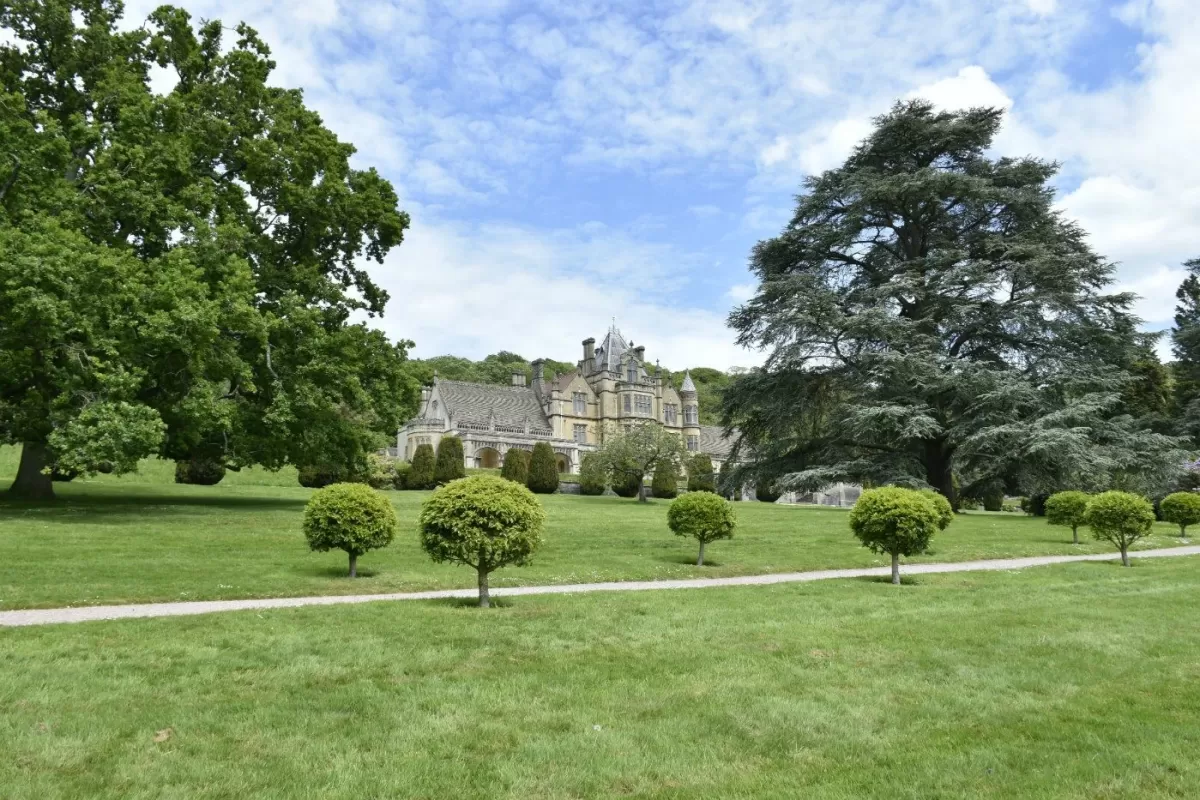
A six year olds orienteering leaves a lot to be desired…
Obviously trying to find his way to the park.
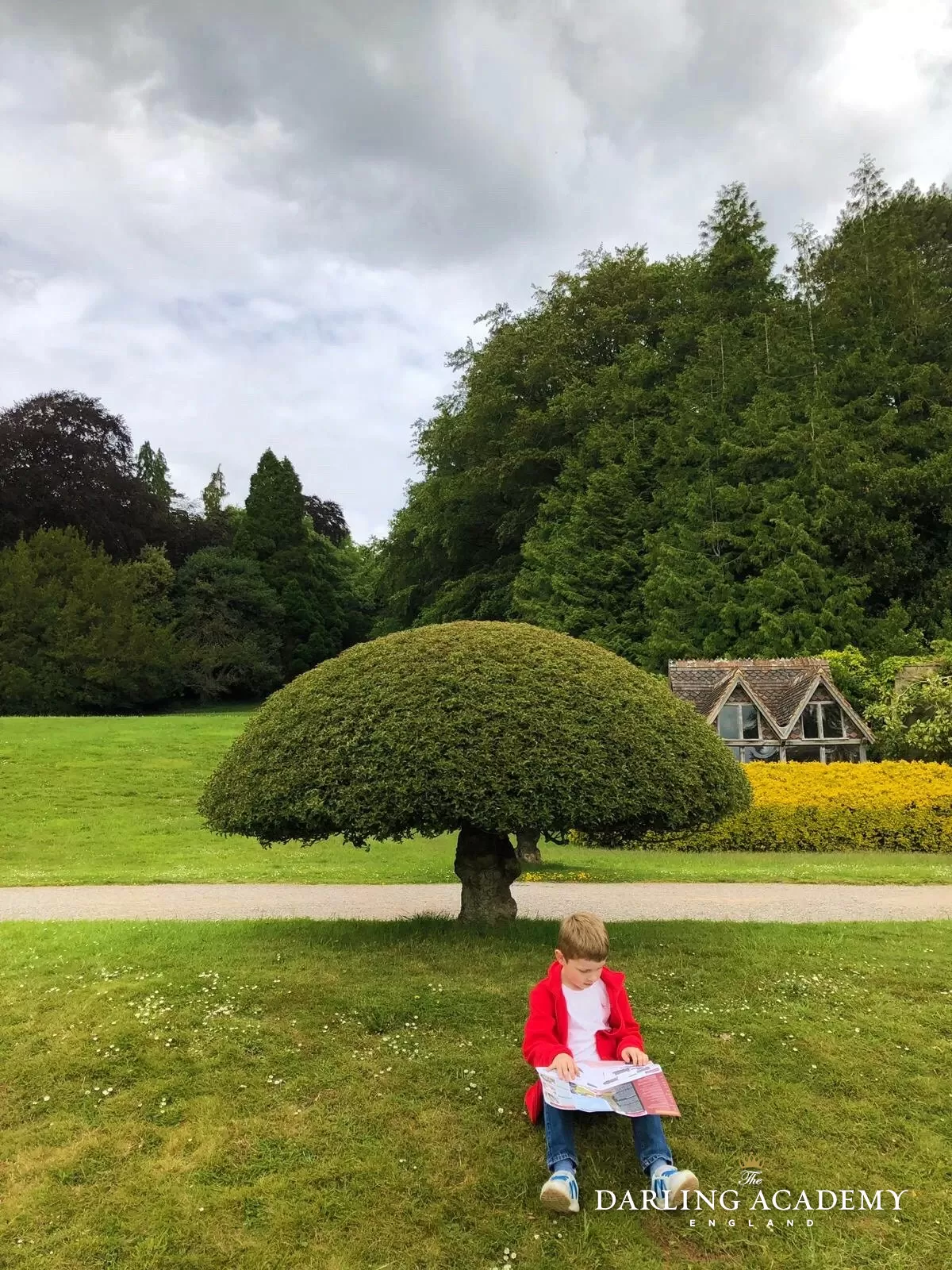
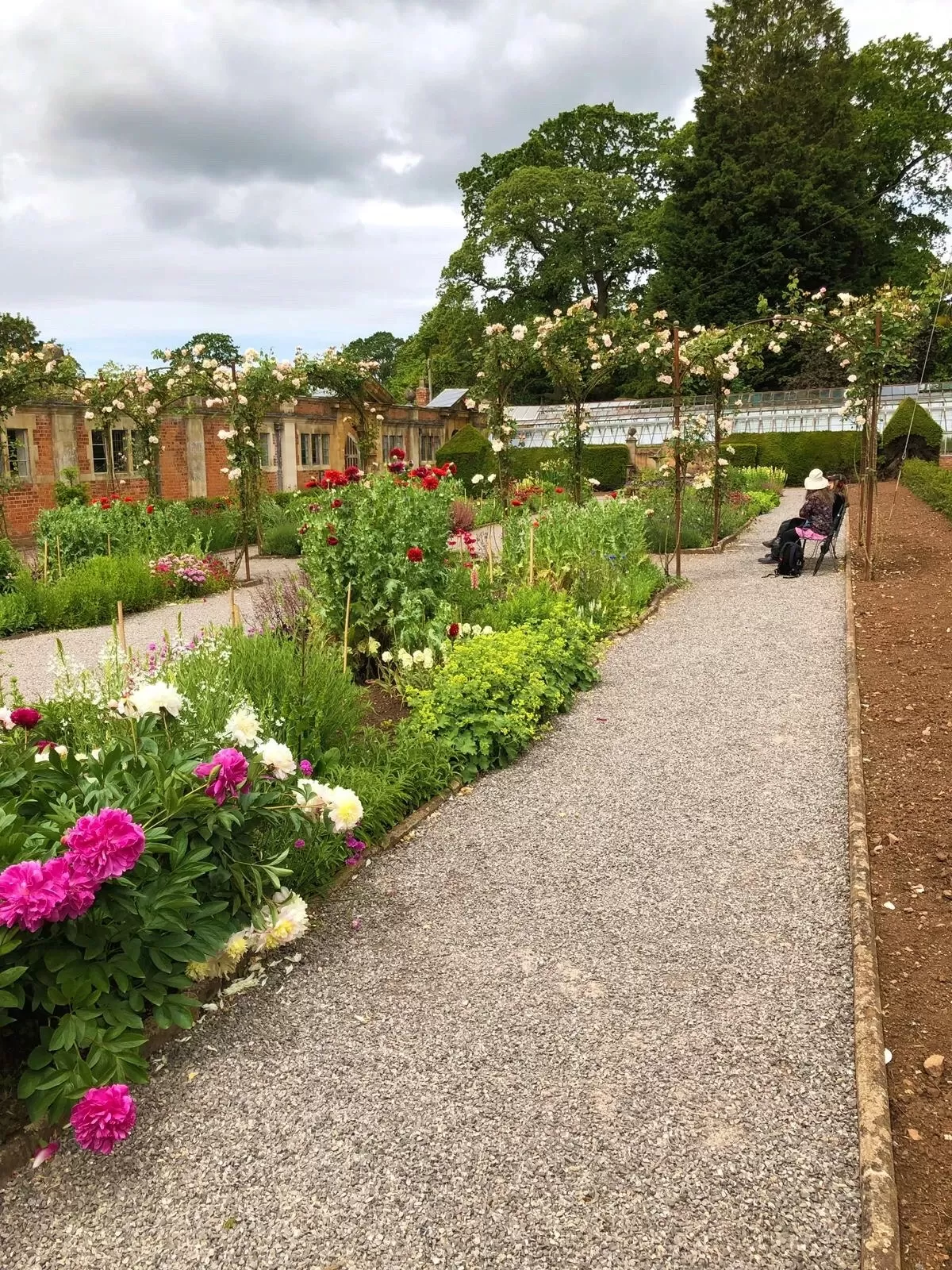
Two incredibly romantic Victorian gazebos sit proudly in the far corners of the rose garden.
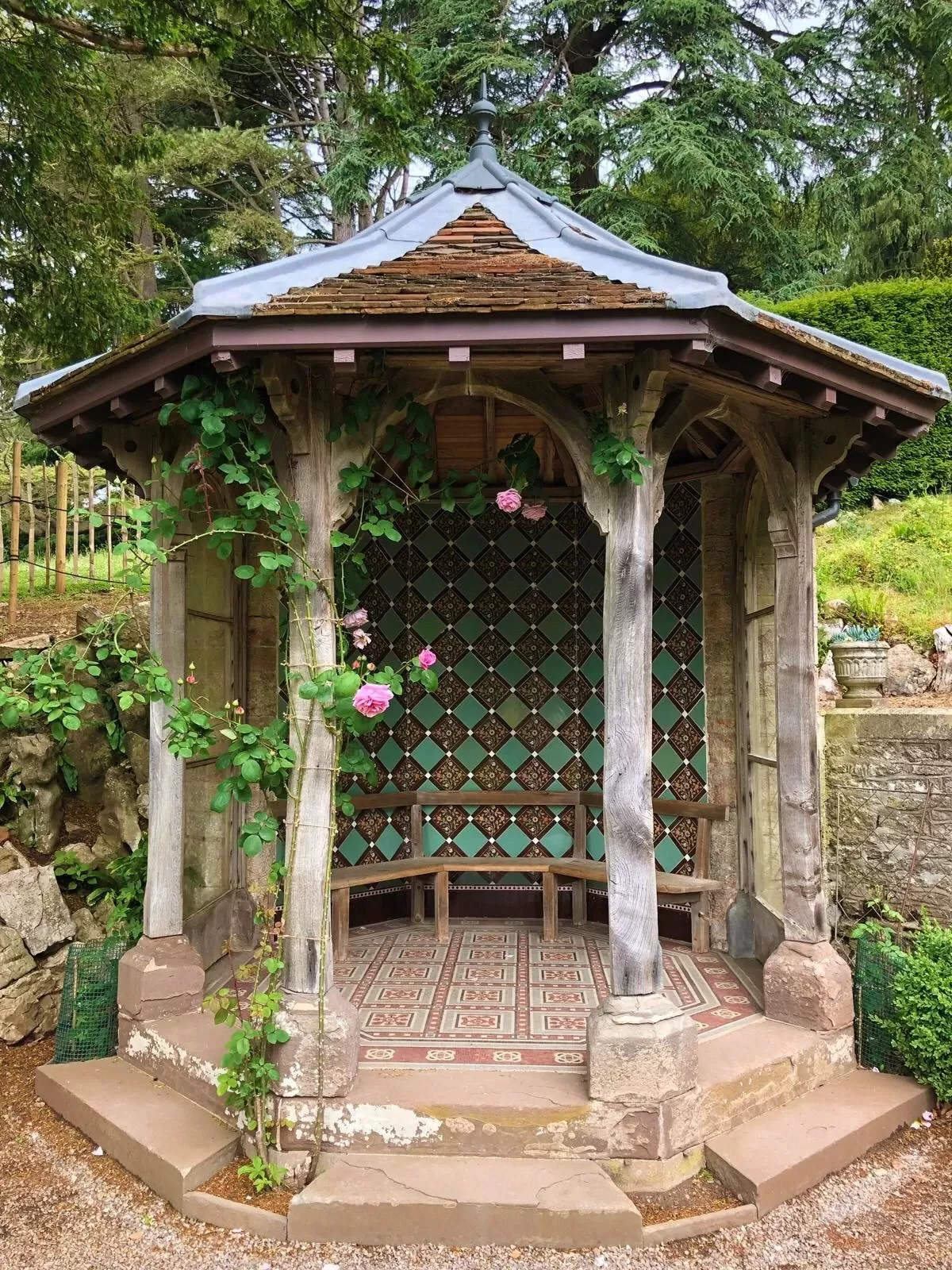
A rare picture of your author! It was a little sad we were too early in the year to see this covered archway in bloom. Can you imagine just how gorgeous this will look on a balmy day with the arch laden heavy with flowers?
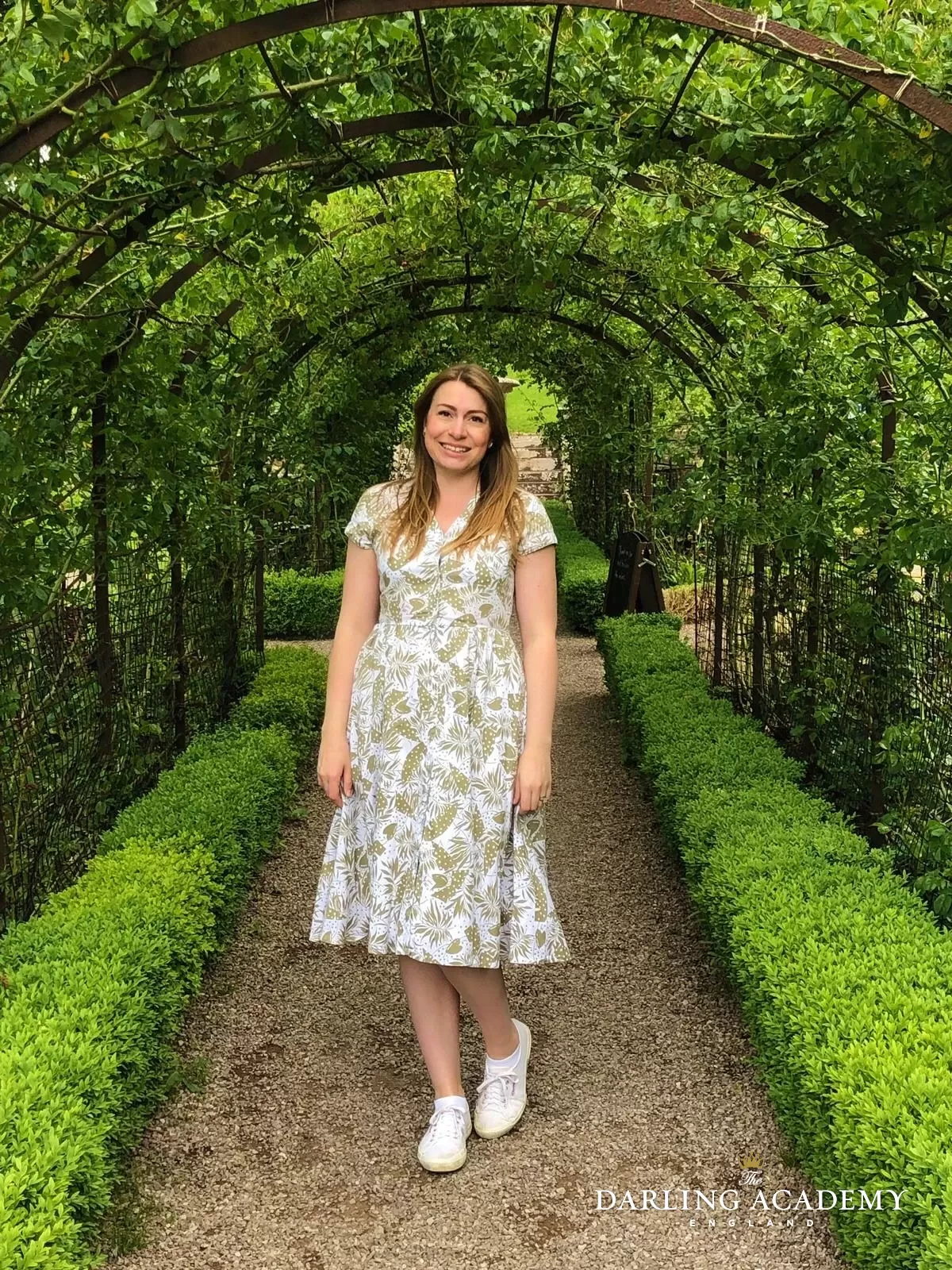
Take time to smell the roses.
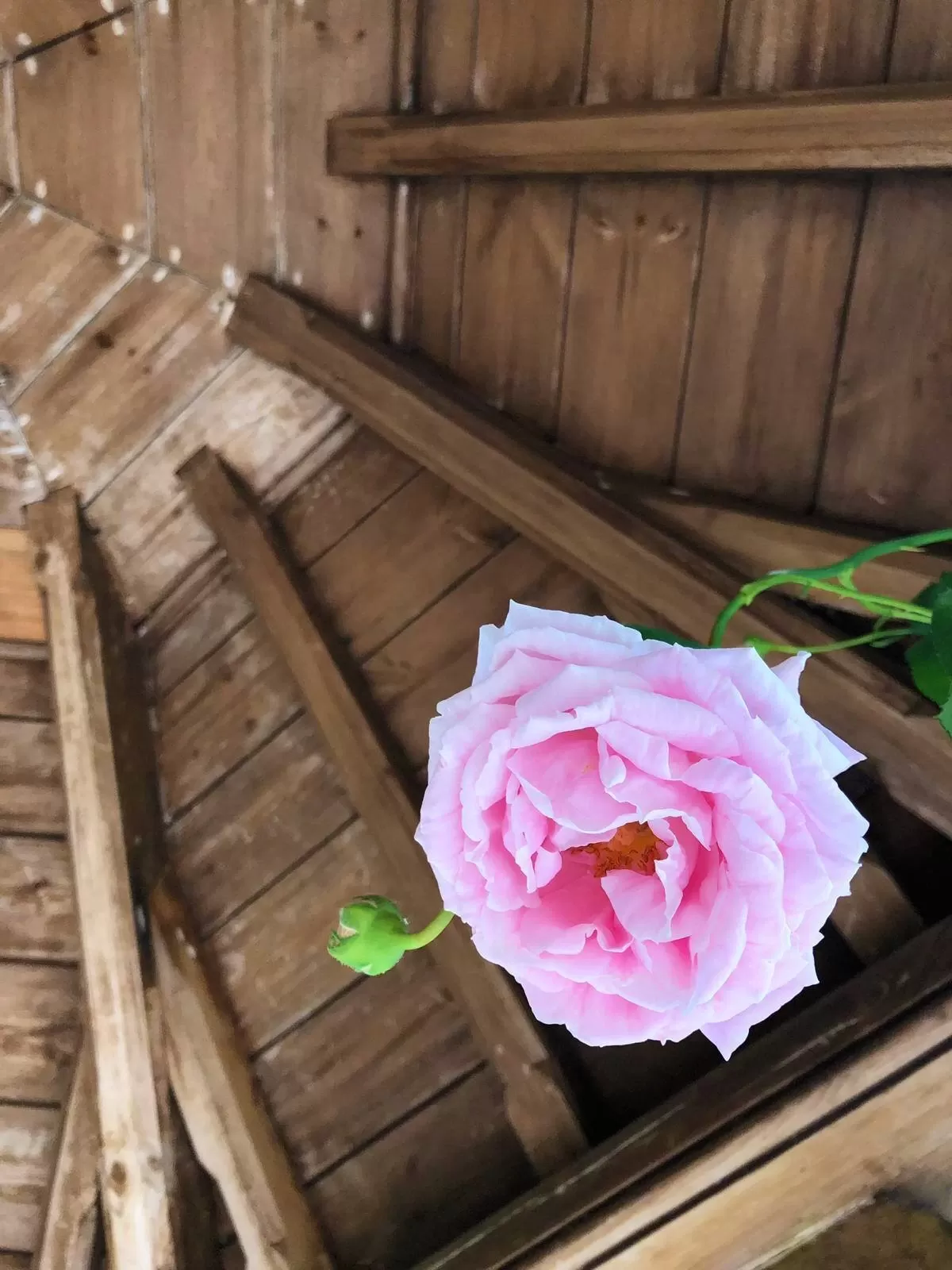
The Lion: an animal that best personifies the qualities of ‘Britishness’....
Strength, courage, dignity, pride.
He’s holding a Lancastrian rose, I am not sure I approve. Perhaps someone should place a white York rose in his other paw to even the score.
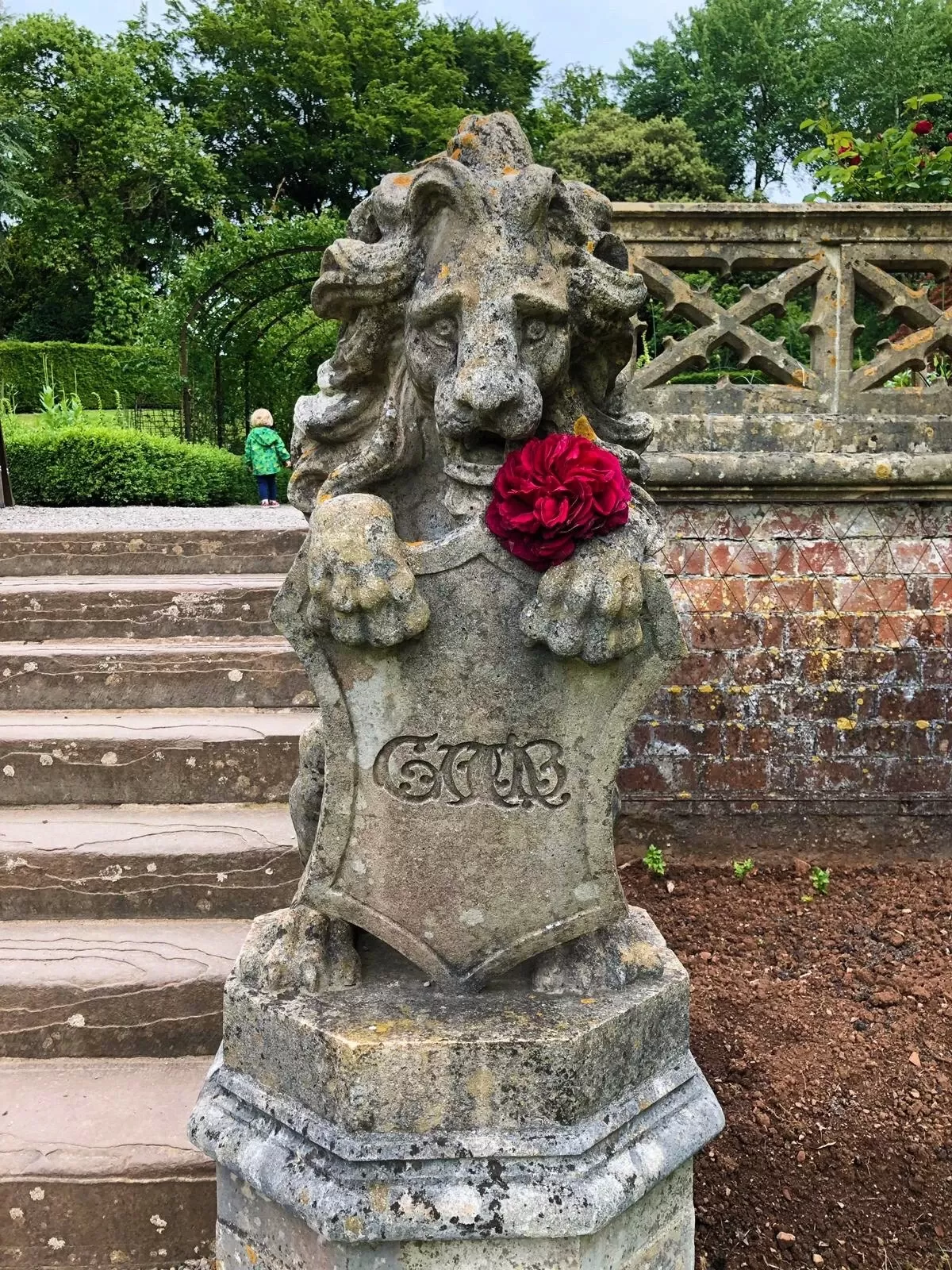
The Victorian Glasshouses (or bloomin’ hot houses) are incredible. They stand around the edges of the walled garden connecting one to the other via a series of doors, each hosting gorgeous specimens. Grapes, flowers, even pineapples!
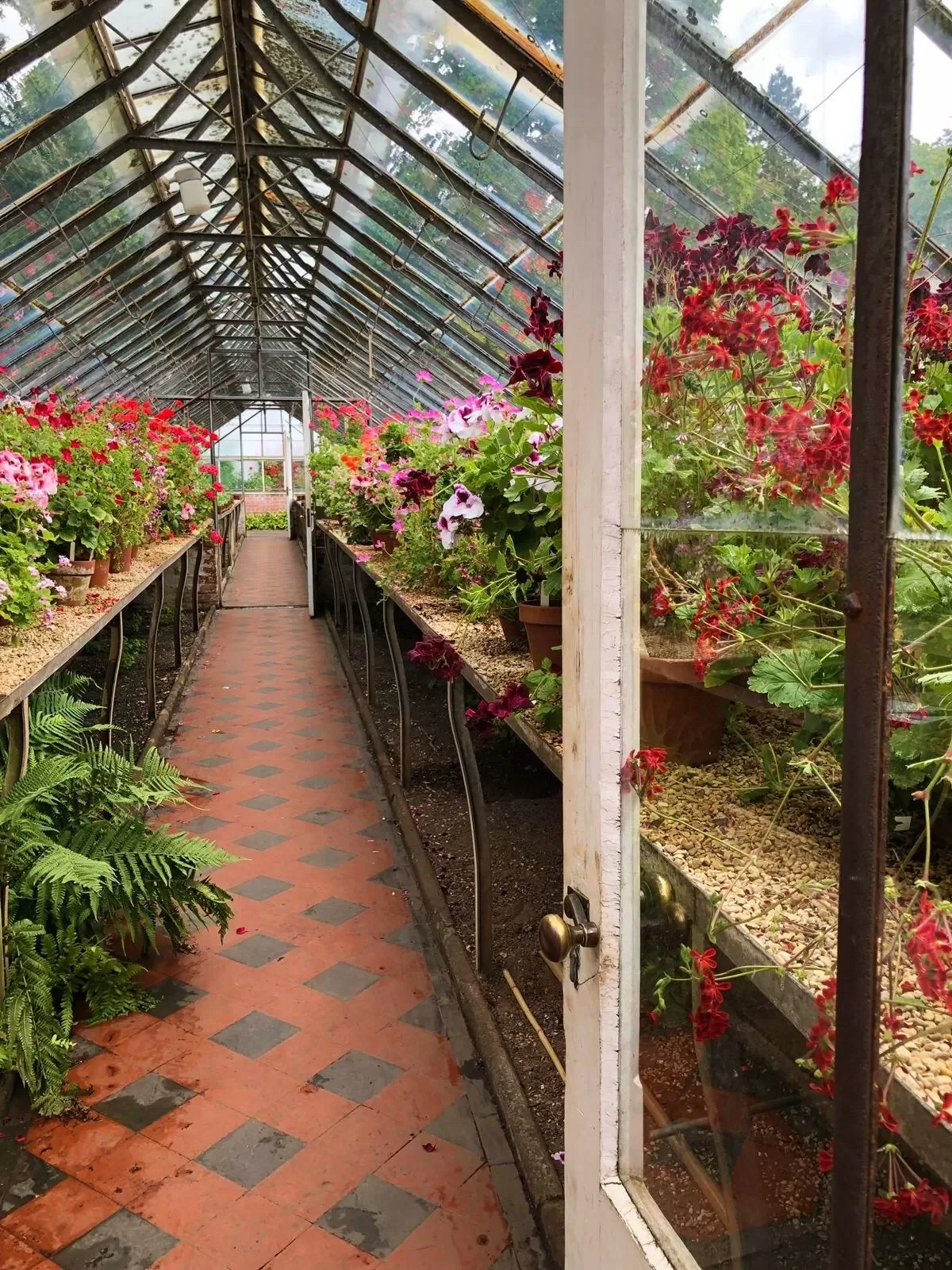
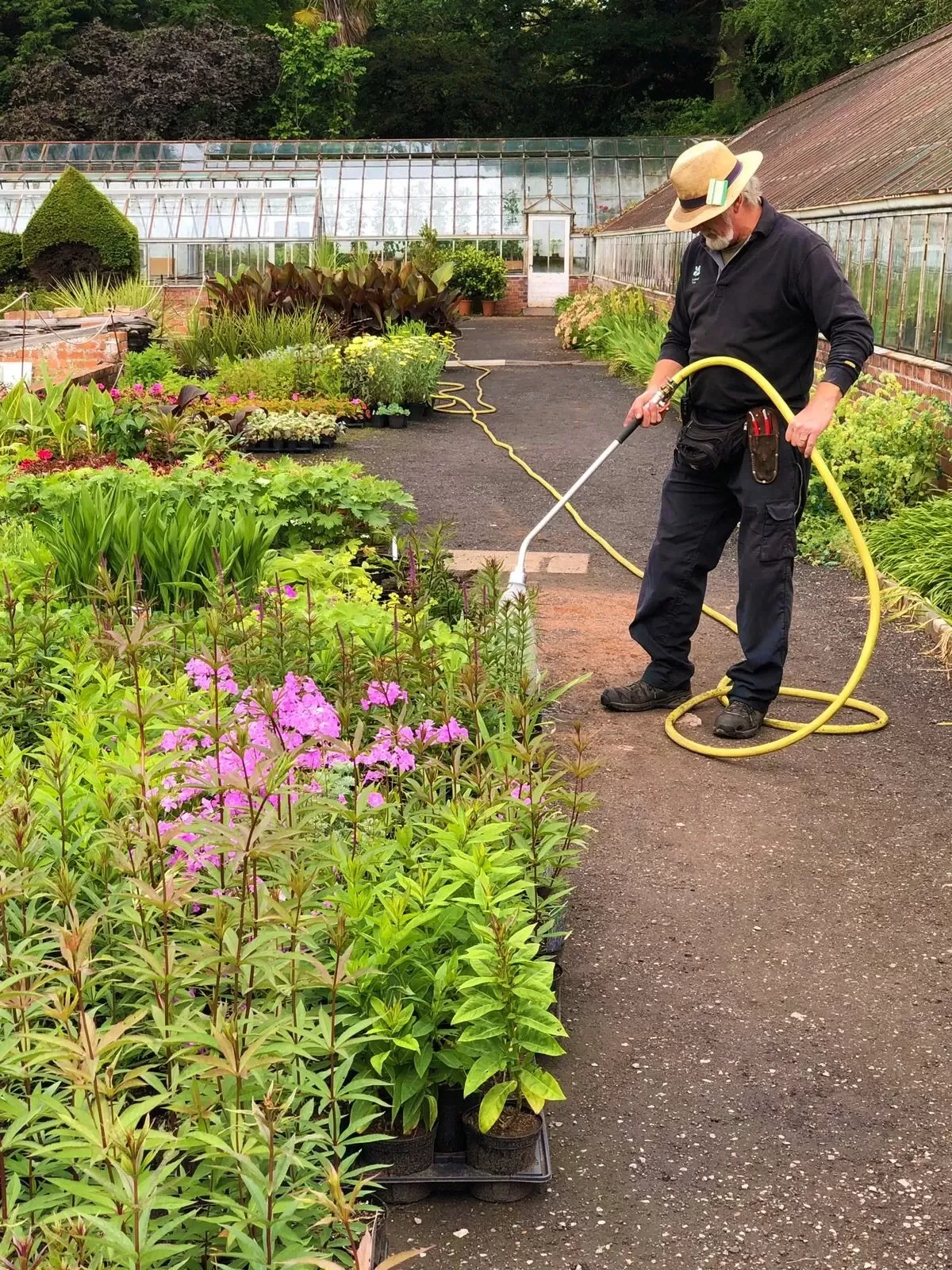
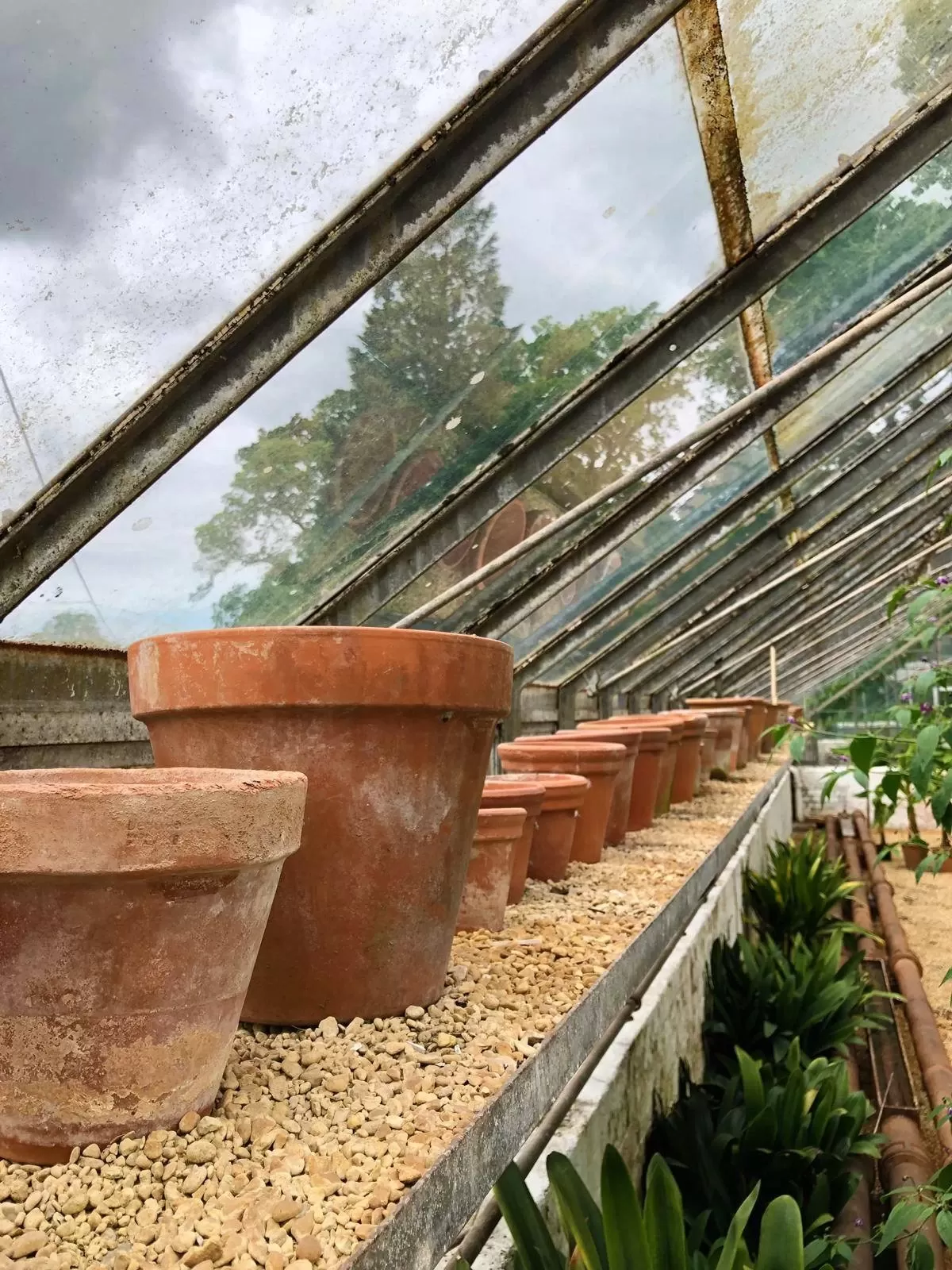
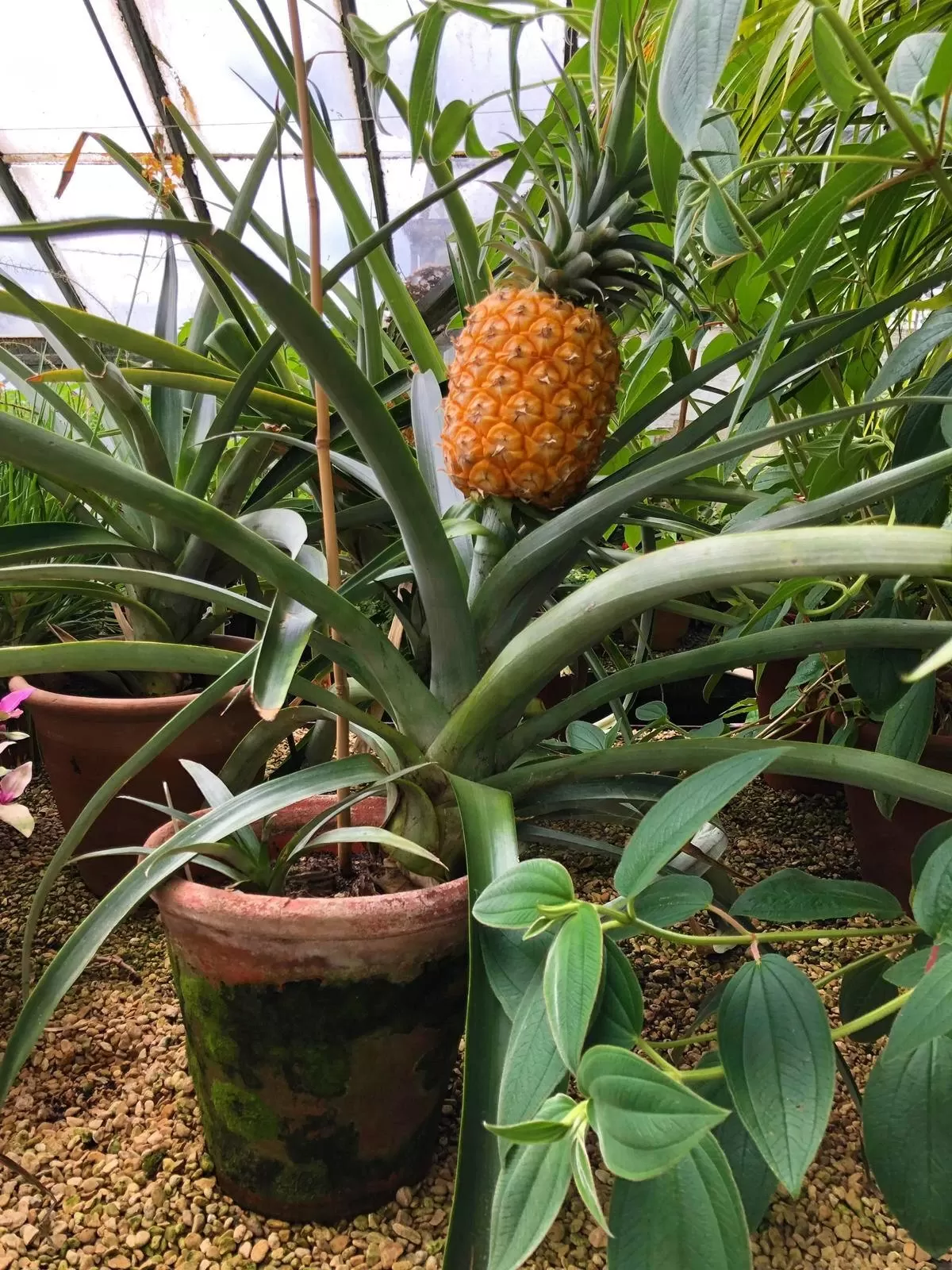
Oranges and lemons, say the bells of St. Clements.
The Orangery at Tyntesfield was built in 1897 during the re-modelling of the kitchen gardens. When the Trust acquired the estate in 2002 it was in serious disrepair with water penetrating the core of the structure. Buddleia was prevalent throughout, mortar washed away from brickwork joints, and large amounts of decorative stonework had crumbled and fallen away. The building had a significance rating of ‘A: highly significant’ being of ‘undisputed national, and possibly international importance’.
It is a rare example of a later Victorian Orangery in the classical style. The Grade II* listed Orangery was on the Heritage at Risk Register with a priority ‘A’ rating and essential repairs were required to ensure the conservation of the building structure and historic fabric.
As part of the project essential conservation repairs and alterations to the Orangery were required in order to remove it from the ‘at risk’ register. The building was lovingly and fully restored by master craftsmen to conservation standards, returning it to the centrepiece of the kitchen garden.
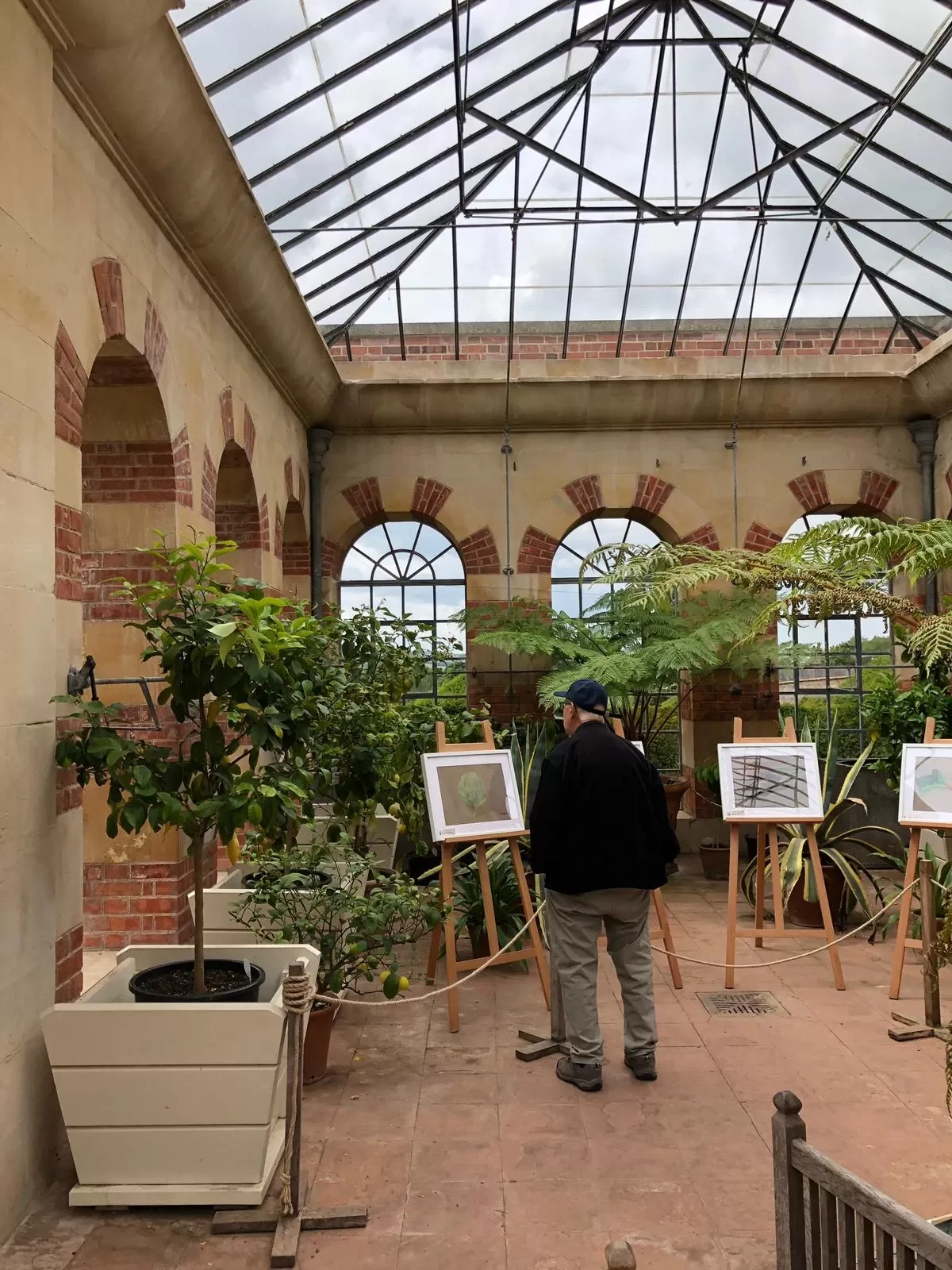
The traditional “Oranges and Lemons” nursery rhyme dates back to the 18th century England, the lyrics first published around 1744 in the “Pretty Song Book” by Tommy Thumb. I wonder if the Gibbs children would sing this when out playing in the gardens and grounds?
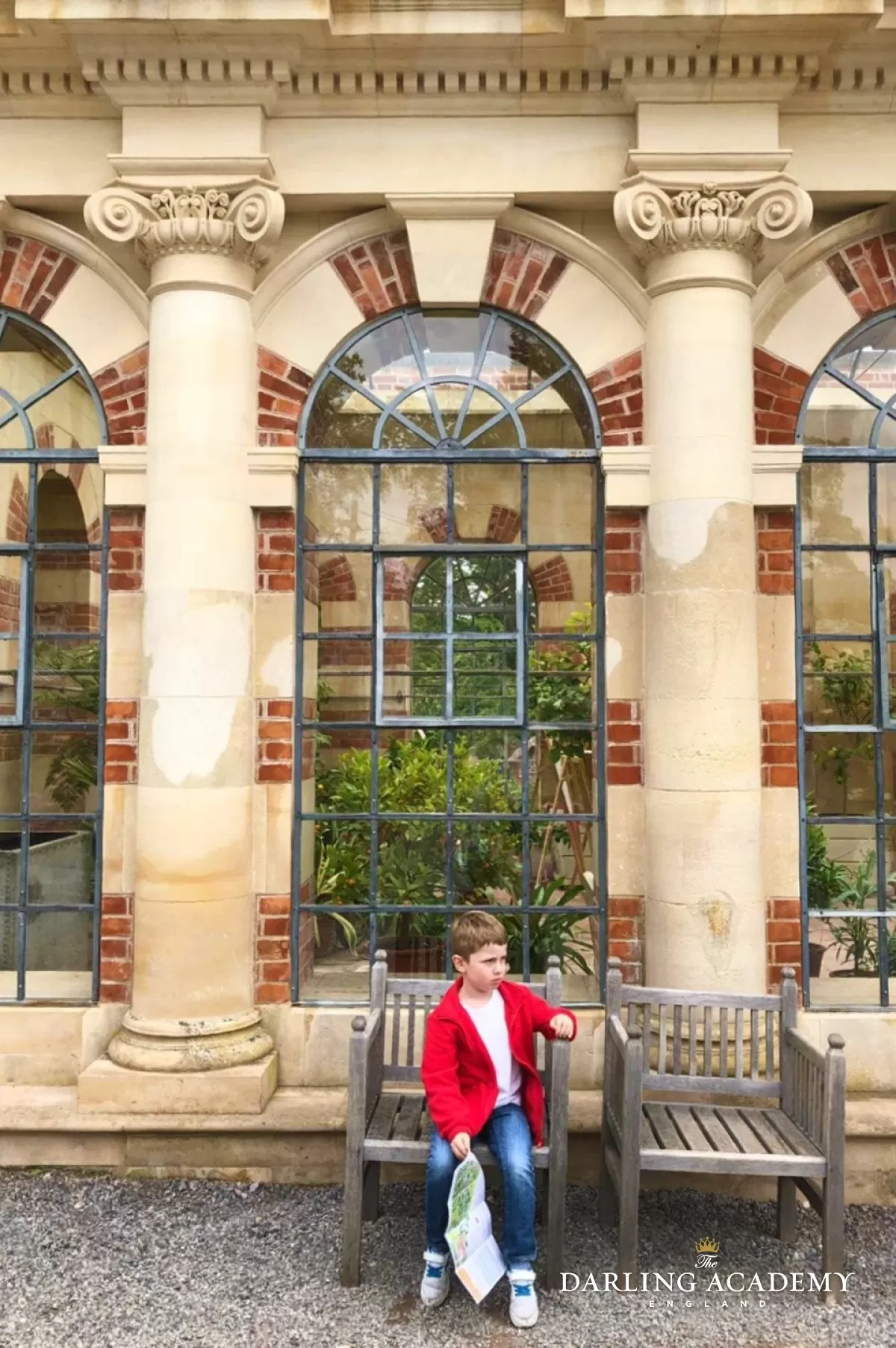
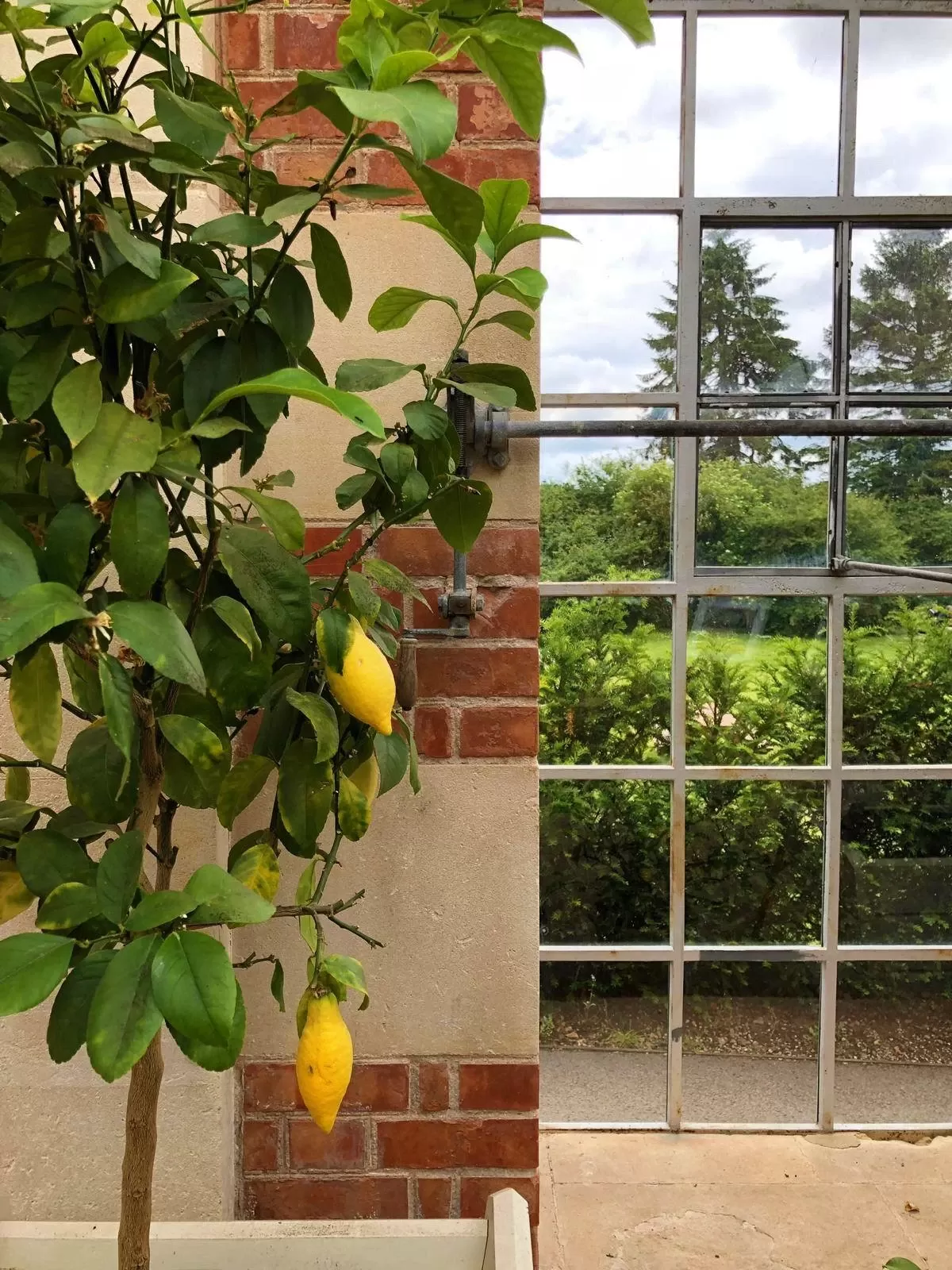
Unlike many important country houses in the United Kingdom, no one as yet has written a biography on the Gibbs family, nor the estate. The National Trust have a wonderful guide book for purchase in the gift shop and visitor centre for further information. I have also listed below some lovely books which will also give you a taster for the kind of life the occupants of Tyntesfield would have enjoyed - and in some cases, definitely not.
Books on Victorian Life
Life in the Victorian Country House
The Victorians, by A.N. Wilson
Life Below Stairs: in the Victorian and Edwardian Country House
The Victorian House: Domestic Life from Childbirth to Deathbed
For a young family such as ours, Tyntesfield makes a wonderful (almost free) day out, and I highly recommend joining the National Trust to make the most of it.
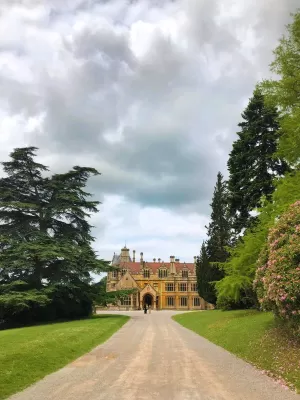
Visitor Tips:
Go early to beat the crowds, and pack a picnic (plenty of benches and green spaces to sit and eat), or enjoy a beautiful lunch at their cafe. I spotted an incredible roast dinner being served to the table opposite.
Also take some change for ice cream, hot tea, secondhand books, and if you are partial — garden plants grown at the estate, or David Austin roses.
Admission to Tyntesfield will cost £18.40 per adult, £8.25 per child (Gift Aid prices), and in the region of £46 for a family of four. Plus there is a daily £5 parking charge.
Alternatively you can purchase your very own National Trust Membership (only £126 annually for a family membership). Enjoy numerous visits to your favourite places and parking for free, along with free admission to any of the National Trust’s further 500+ properties dotted across the UK.
Happy visiting!
Alena x
All content and images in this article are copyright of The Darling Academy and are not to be shared or reproduced without our express permission.

